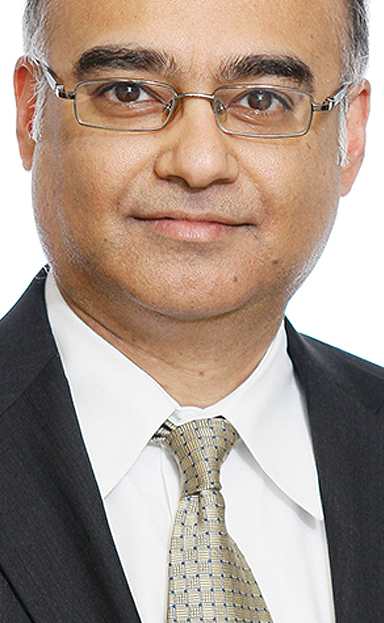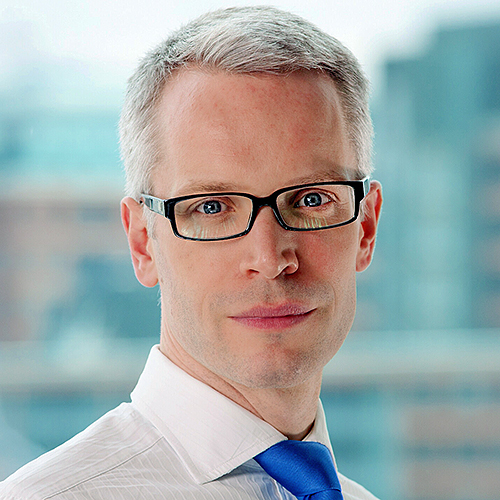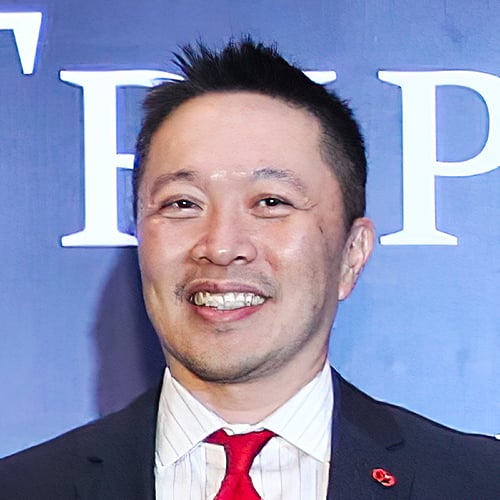.jpg) |
|
| Silgardo: Parent company is very motivated for us to succeed |
Behind a successful child is a driven parent. It won’t hurt if the parent is loaded, either.
Such is the case of BMO Global Asset Management (GAM) whose parent, the Bank of Montreal, is said to be “very motivated to succeed” in the wealth management space. BMO GAM is the wealth operating division of the Canadian financial group that encompasses asset management, private banking and retail brokerage.
“We have a really well-capitalized parent that wants to grow the asset management business,” Rajiv Silgardo, co-CEO, BMO GAM, remarks during a recent visit to Hong Kong. Most recently, this ambition was highlighted by the acquisition of London-headquartered F&C Asset Management, which added £82 billion (US$136 billion) of assets under management (AUM) at end-2013 to BMO GAM’s US$133 billion.
In Asia, evidence of the asset manager’s appetite for growth was revealed in January 2011, when BMO GAM announced that it was set to acquire traditional active manager Lloyd George Management (since rebranded as LGM Investments), which had some US$6 billion in AUM at the time. Integration was completed last year. The formal establishment of BMO Global Asset Management (Asia) brought LGM Investments under a single umbrella with a new team formed to focus on beta strategies, including smart beta strategies.
“One way to differentiate ourselves globally is by having the active strategies as well as the smart beta passive strategies,” remarks Silgardo. “What allows us to build it out and be patient is the backing of the BMO Financial Group.”
BMO GAM has a successful track record in beta, and smart beta, strategies. It was the first bank to offer exchange-traded funds (ETFs) in Canada back in June 2009. Over the next five years, it listed 58 ETFs and built up C$15 billion (US$13.64 billion) of AUM including innovative sector-based covered call ETFs, strategy-based preferred share ETFs and small cap commodity ETFs.
Delivering better beta
The approach is being transferred to Hong Kong, which is set to become the first market where BMO GAM will list an ETF outside of Canada, pending regulatory approval. “We are working with the regulators here to deliver the same type of investment solutions,” says Amit Prakash, managing director, BMO Global Asset Management (Asia).
“We have a real focus around what’s known as smart beta or outcome-oriented strategies,” offers Silgardo. “Investors have a certain need for levels of income and risk – it is not so much about following this benchmark or buying that country,” he adds, observing that consistency of income can be delivered many ways – ranging from bonds to higher dividend equities, combinations of the two, and/or combinations of those plus options strategies. The focus is on core investment strategies to deliver those outcomes over the long term, rather than on standard market benchmarks – or “delivering beta in a better form”, as Silgardo puts it.
“What we are bringing over [to Hong Kong] is the same rigour, the same thought process in terms of how we think about products and design them,” adds Prakash, who worked with Silgardo at Barclays Global Investors in Toronto in the early days of the ETF market. Back then, the focus was on institutional investors. Individual investors were a key client segment when it came to developing BMO GAM’s ETF business.
 |
|
| Prakash: Client needs are varied, therefore product offerings are varied |
Prakash comments that one factor behind the success of BMO GAM’s smart beta, solutions-type strategies in Canada is because they are “focused on specific client segments”. He sees high net worth individuals and retail investors as benefiting more from a solutions or smart beta type approach than institutional investors.
“These funds are successful only because they meet client needs,” says Prakash. “Client needs are varied, therefore product offerings are varied.”
Mutual market recognition between Hong Kong and mainland China holds the promises of increasing the diversity of direct investors in Hong Kong-listed ETFs. At the same time, the Shanghai-Hong Kong Stock Connect scheme should indirectly add liquidity. The appeal was highlighted in the September announcement of CLSA’s acquisition of a 49% stake in Hong Kong-based Enhanced Investment Products’ (EIP) ETF business.





.jpg)
.jpg)


